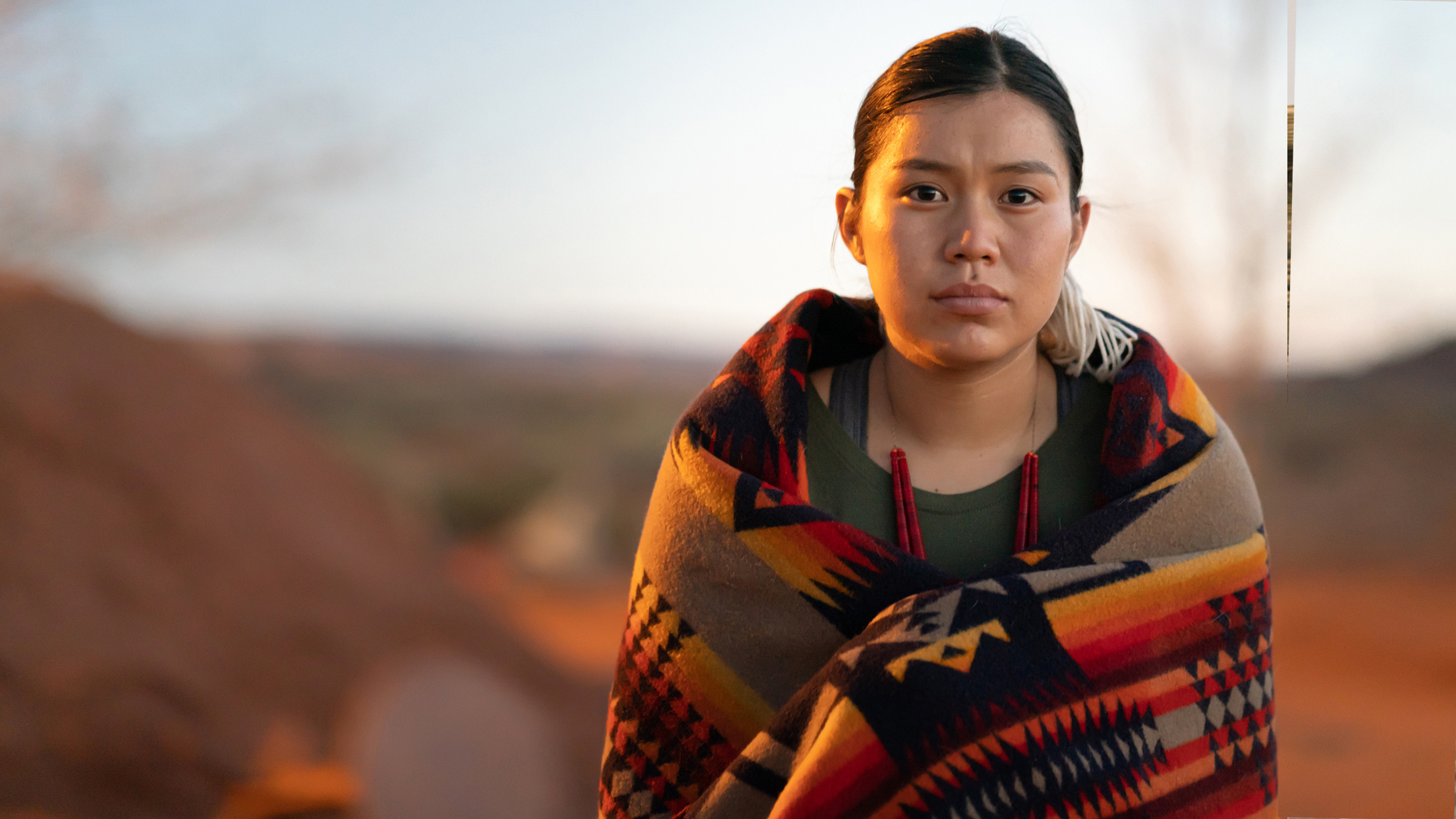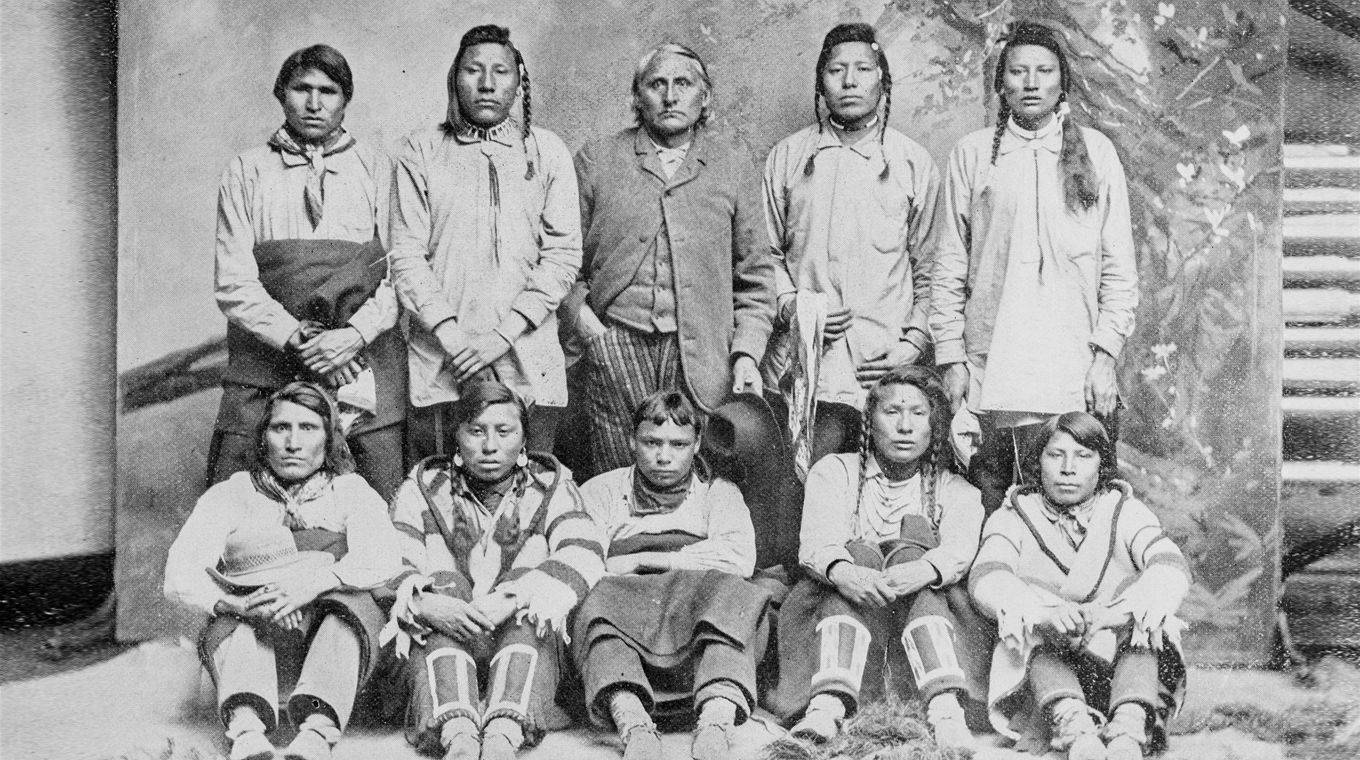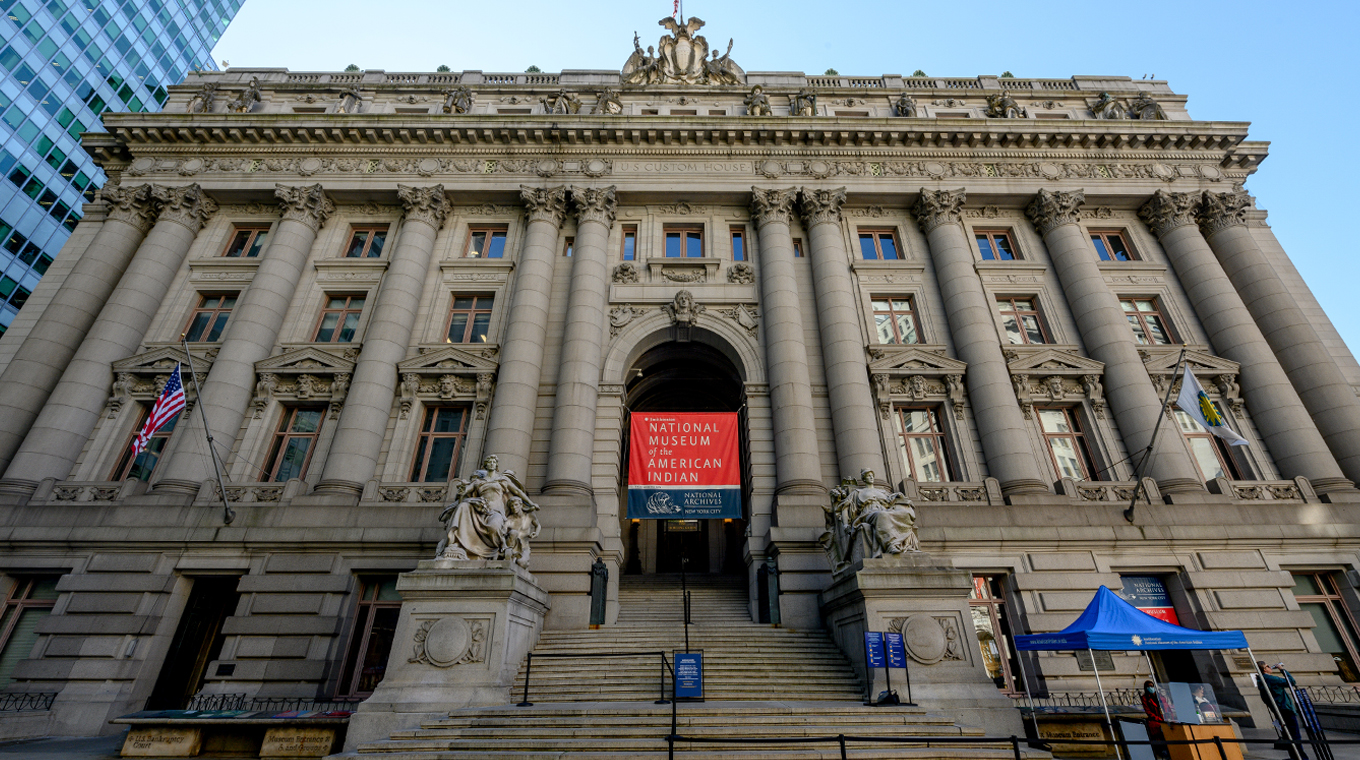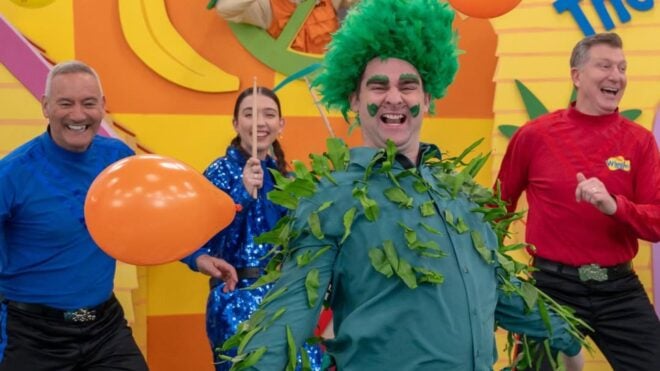
IN THIS ARTICLE
In November, the story of the Indigenous American people is told. Their story, despite being stained with pain, is full of triumphs, and resilience. Native American Heritage Month arrives at a time when harvesting comes to an end and the land can be celebrated for what it has produced and given to the people.
It is our responsibility, throughout this month and beyond, to educate ourselves and others on the plight of Indigenous Americans. It has been no secret that their story has been either distorted or told in half-truths or not told at all. The recognition of their plight in the month of November is a way of changing that on a national level.
What is Native American Heritage Month?

Native American Heritage Month is about reflecting and learning about the whole story of a people in order to push for change in how Indigenous Americans are perceived, discussed, and taught about. ”Change will need to happen in order for Native American children to move toward becoming the hero in their own lives. The narrative will need to change. They need to stop hearing they are the bad guy in stories they hear at school and from their peers,” shared mom Whitney Fear to Mom Collective in Fargo.
The indigenous people of America have a rich history and their story cannot be dwindled down to bite-sized facts. For this reason, back in 1916 American Indian Day was first observed due to the efforts of Red Fox James, a Blackfoot Indian. The day turned into a week and the week eventually turned into a month as former President George H.W. Bush declared November to be Native American Heritage Month in 1990. This act also solidified Native Americans as being the first people in America and the act sought to acknowledge their major contributions to building modern America. Now, Native American Heritage Month is a time to honor the past, present, and future of the indigenous people.
Native American Heritage Month Facts

The story told of the indigenous people has relied too much on the tumultuous — and many times inaccurate — past of cowboys and Indians. The story has been told that the indigenous people of centuries ago stood between ancient times and progress, and so caricatures of so-called American Indians were depicted to alienate a people. However, those representations are fictitious and do not encapsulate who the Native Americans are. Here are some of the facts regarding the indigenous American people from the Administration of Native Americans:
- Native Americans make up 2 percent of the population in the US.
- Within the US, there are more than 566 federally recognized and state-recognized tribes.
- About a quarter of Native Americans speak an additional language other than English.
- The average salary of a Native American household income is about $16,000 less than the average US salary.
- The poverty rate of Native Americans living on reservations is twice as high as the US average rate.
- Just under 600,000 Native Americans are uninsured.
*Native American Heritage Month Facts
How to celebrate: Native American Heritage Month

Celebrate the richness of the Native American heritage by immersing yourself in it in a varierty of ways.
Find and support Native American-owned businesses
Find local artisans within your city or find online shops that are owned by Native Americans.
Read books with your children about Indigenous people
Books are gateways into the lives of people that we may otherwise never know. “Select books about Native peoples who are/were residents of your specific state. I recommend using websites like the National Congress of American Indians and the Smithsonian’s National Museum of the American Indian for information on tribal nations,” advised Dr. Debbie Reese in a journal, Critical Indigenous Literacies.
So, begin with books for your children (and for yourself) to build a more intimate understanding of the Native American culture. Some good ones to start with:
- We Are Still Here! Native American Truths Everyone Should Know by Traci Sorel
- I Sang You Down From the Stars by Tasha Spillett-Sumner
- Sharice’s Big Voice: A Native Kid Becomes a Congresswoman by Sharice Davids with Nancy K. Mays
Visit a Native American-based history museum
Learn more about Native Americans through interactive exhibits, telling artifacts, and carefully curated museum pieces that reflect a variety of experiences that indigenous people have faced.
Check out the current art scene of indigenous artists
Indigenous American artists are creating a new canvas of what it means to be an Indigenous artist. Either virtually or in person, visit a gallery that showcases Native American art.
Visit a powwow and gain firsthand knowledge of celebrated cultural practices
Respectfully immerse yourself in the culture by observing and participating in a powwow. Learn the culture by taking part in one of its practices to understand the human side of the culture.
Learn about famous Native American women
No matter the culture, women are trailblazers and are so much more impactful than most history textbooks will tell. Yet, women’s history is only now slowly being shared. Look up the indomitable women of the Native nations.
Learn about the Native tribes in your area
Throughout the month of November, you and your family can take time to look up the Native tribes in your area. See what tribe is located near your city and understand which tribe used to live on the land that you call home.
Understand the perspective of an Indigenous person on Thanksgiving
As Thanksgiving is a favored holiday by most Americans, those who are indigenous may see that holiday in a different way. November and Thanksgiving is also a day of remembrance of those Native Americans whose lives were taken because of colonization. The holiday in itself is filled with gratitude; however, it is important to understand what the holiday can represent for the people that are supposed to have helped create it.
Avoid cultural appropriation
Without even knowing it, some common expressions can be discriminatory towards indigenous people and sometimes minor actions can be inappropriate as well. It’s especially egregious when some choose to use Native American culture as the basis of a costume or in a stereotypical way, as seen with sports mascots.
Glory Ames, from the White Earth reservation, points to stores near her that still carry costumes such as “pow wow princess.”
“They blatantly take certain aspects of our culture, race, religion, and use it for their advantage and ignore the people living it,” Ames, co-president of the American Indian Student Association at Minnesota State University Moorhead, told The Washington Post. “Non-Natives can ‘pretend’ to be Native for one day of the year, and it’s all the ‘cute’ or ‘sexy’ parts of being Native, but there are so many people who can’t just put on or take off the costume, they have to live with all the other aspects of being born Native.”




